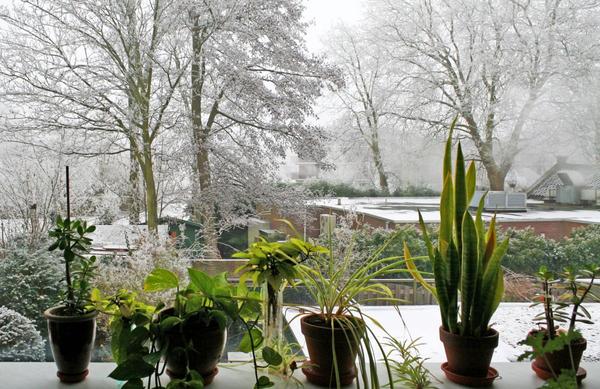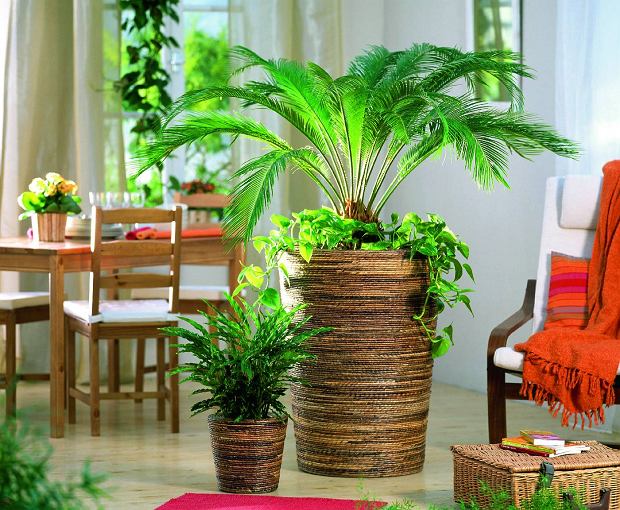 In some tropical and subtropical plants, which includes the majority of our indoor plants, the entry into a rest period under natural conditions is not caused by a reduction in temperature, but by a periodic change of soil- and humidity triggered. Such plants of periodically dry areas then form storage organs to bridge the more or less long dry periods in the form of bulbs, tubers, bulbs or pseudobulbs. The dry season, which is usually to be regarded as a rest period, not only promotes the maturation of the storage organs, but usually also the formation of flower buds.
In some tropical and subtropical plants, which includes the majority of our indoor plants, the entry into a rest period under natural conditions is not caused by a reduction in temperature, but by a periodic change of soil- and humidity triggered. Such plants of periodically dry areas then form storage organs to bridge the more or less long dry periods in the form of bulbs, tubers, bulbs or pseudobulbs. The dry season, which is usually to be regarded as a rest period, not only promotes the maturation of the storage organs, but usually also the formation of flower buds.
These natural conditions should be imitated as far as possible when keeping the plants in the room, otherwise damage is inevitable. If you don't respect the rest period, only imperfect or no flowers are produced in the subsequent growing season. An example of this is an onion plant, the knight star (.Hippeästrum hortorum Maatsch), called, whose progenitors are native to tropical and subtropical America. If we don't give the plants a rest period from mid-August, in which they are dry and moderately warm (at 15 to 18 °C) stand, so that the bulbs mature and blooms are formed, then we wait in vain for the stately flower stalks in the late winter!
Because knowledge of the temperature requirements of our various indoor plants is such an important prerequisite for them to thrive under the given conditions, In the species descriptions that follow, the reader is introduced to the optimum temperatures for the species in question. The heat requirement of the corresponding plant during certain stages of development and seasons can often also be derived from information about its native living conditions. Finally, from the overviews of the pages 200 to 202 to see, which of the described plant species are suitable for warm, temperate and cool rooms are suitable.
